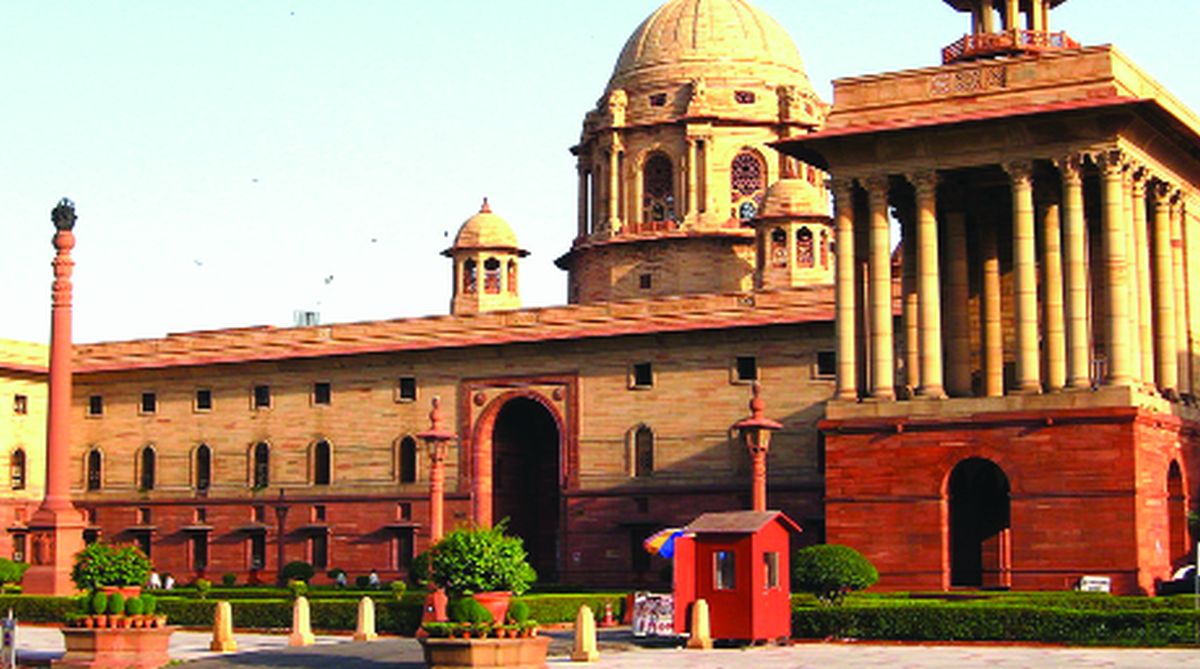The recent recommendation of the armed forces cadre review committee that every army officer should retire at the rank of Major-General or above has put our governance structure in the dock.
The Committee, which has also recommended the abolition of a couple of middle-level military ranks, makes no bones that these radical proposals emanate from a desire of army officers to attain parity with their civilian counterparts.
Given the fact that the rank structure in the Army is as old as the Army itself and is essential for maintaining discipline, serious thought should be given to put in place measures that would address the feeling of deprivation and hurt in the armed forces.
Till Independence, as suited a colonial administration, the military and bureaucracy worked in close coordination. Friction started building up soon after Independence when the doctrine of civilian control over the military was given full play by the nascent Indian Government.
The Commander-in-Chief of the Indian Army, who, till Independence, ranked just after the Governor-General was put down by several notches, but there was no serious conflict as the Army and civilians had their separate spheres of influence.
However, conflicts soon developed even amongst the various components of the civilian bureaucracy because of our transition from a predominantly agrarian society to a highly complex modern construct.
New challenges had emerged, old sources of Government finance like land revenue had given way to income-tax and central excise, the need for generalist administrators had declined and domain experts were in demand.
Not surprisingly, services like Income-tax and Customs became important and started demanding parity with the IAS. Eventually, the Government partially acceded to their demands, other services also got a taste of the fish and loaves of office but with one rider; whatever any other service got, the IAS got more.
A bonanza of promotions ensued for the top men in the civilian bureaucracy; bombastic nomenclature was often invented for mundane jobs. Thus, departments have new apex grade posts like Principal Chief Commissioners and Principal Chief Controllers who are oerforming the same functions as their less ostentatiously named predecessors.
The IAS, of course, raced far ahead. An IAS officer could aspire to be a Divisional Commissioner in sixteen years. Senior posts proliferated for the IAS and IPS; instead of eight or nine Divisional Commissioners thirty years ago, UP now has around thirty of them. Similarly, as against one Inspector-General of Police, most large States now have ten posts of Director-General of Police.
Combined with the Government’s inability or unwillingness to fill vacant lower-level posts, the civilian bureaucracy is on the verge of becoming an inverted pyramid. An insane quest for promotions has resulted in adding levels to the bureaucratic hierarchy, with a deleterious effect on governance. Simply put, there are too many persons to give directions but very few to obey.
Conceding the Army’s demand for changing the rank structure may have unforeseen effects on army discipline because the world over military ranks are conferred depending on the number of troops commanded; armies of many small nations are often led by officers of the rank of Major-General or Lieutenant-General.
A better way to satisfy the Army’s demand for equivalence could be to resolve the anomalies in the civilian bureaucracy which would also improve the quality of governance.
The first step towards addressing the government structure would be to abolish the Warrant of Precedence which decides the inter se seniority of all Government functionaries.
A colonial relic, the Warrant begins with a disclaimer: “(The Warrant) is only used to indicate ceremonial protocol and has no legal standing. It is not applicable for the day-to-day functioning of the Government of India.”
But, the Warrant of Precedence is the root cause of most of the inter-services rivalries and causes much friction and heartburn in the day-to-day functioning of the Government.
TN Seshan, as Chief Election Commissioner, went to the Supreme Court to improve his ranking in the Warrant of Precedence. There are recorded instances where the Governor of a State refused to talk to the Departmental Secretary because the Governor felt that he should be addressed by the Minister. Often, important senior-level posts remain vacant because people in other services have not been promoted to an equivalent level.
In the interest of good administration, seniority should be defined only within departments and all departments and organisations should be treated as equal. The working of various departments could be coordinated by coordinating bodies at the district, state and national levels.
Then, we can have a running scale common to all services with employees moving on to the next post when the vacancy arises, subject to suitability. These simple steps could take care of much of the heartburn and friction caused by the present system.
Thereafter, the structure and organisation of civilian bureaucracy should be reviewed for optimal functional efficiency doing away with unnecessary layers of officialdom.
A sufficient number of lower-level functionaries have to be recruited so that important functions of governance are not perfunctorily performed by contractual employees.
Another pressing need is to redefine the scope of duties of all employees in all departments, considering the fact that computerisation has radically altered the way Government business is conducted.
In principle, the goal of the bureaucratic system is to contribute to the welfare of society but in what could be an apt description of most modern bureaucracies, the nineteenth century French novelist, Honore de Balzac, wrote: “Bureaucracy is a giant mechanism operated by pygmies.”
As a country, our aim should be to have a system where each member of the bureaucracy rises above his pygmy-hood and realises his full potential, benefiting both himself and society at large.
The bureaucracy has often been accused of status-quoism, non-performance and much worse but the inherent contradictions in its organisation have not been addressed so far.
The recent move to induct domain experts at Joint Secretary level is a recognition of two facts ~ domain experts are required for governance and domain experts do not rise to senior levels under the present system. The opposition of the entrenched bureaucracy to this move only shows that the bureaucracy wants to preserve its turf even at the cost of good governance.
With the contagion of opportunism poised to infect the armed forces, the time has come for a complete reorganisation of the civil services. One only hopes that at the end of the re-organisation exercise, Government functionaries will realise that public service, not self-glorification, is the aim of their job.
The writer is a retired Principal Chief Commissioner of Income-Tax.











